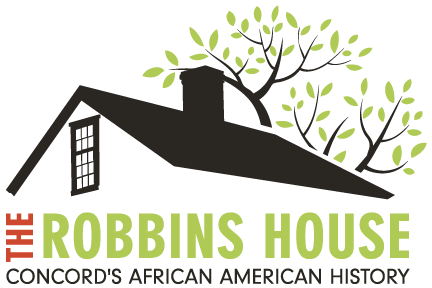Walks with Ellen
In honor of Black History Month, join us for #WalksWithEllen.
Over the next several weeks, we will be posting from spots around Concord that were significant to Ellen Garrison’s life in Concord.
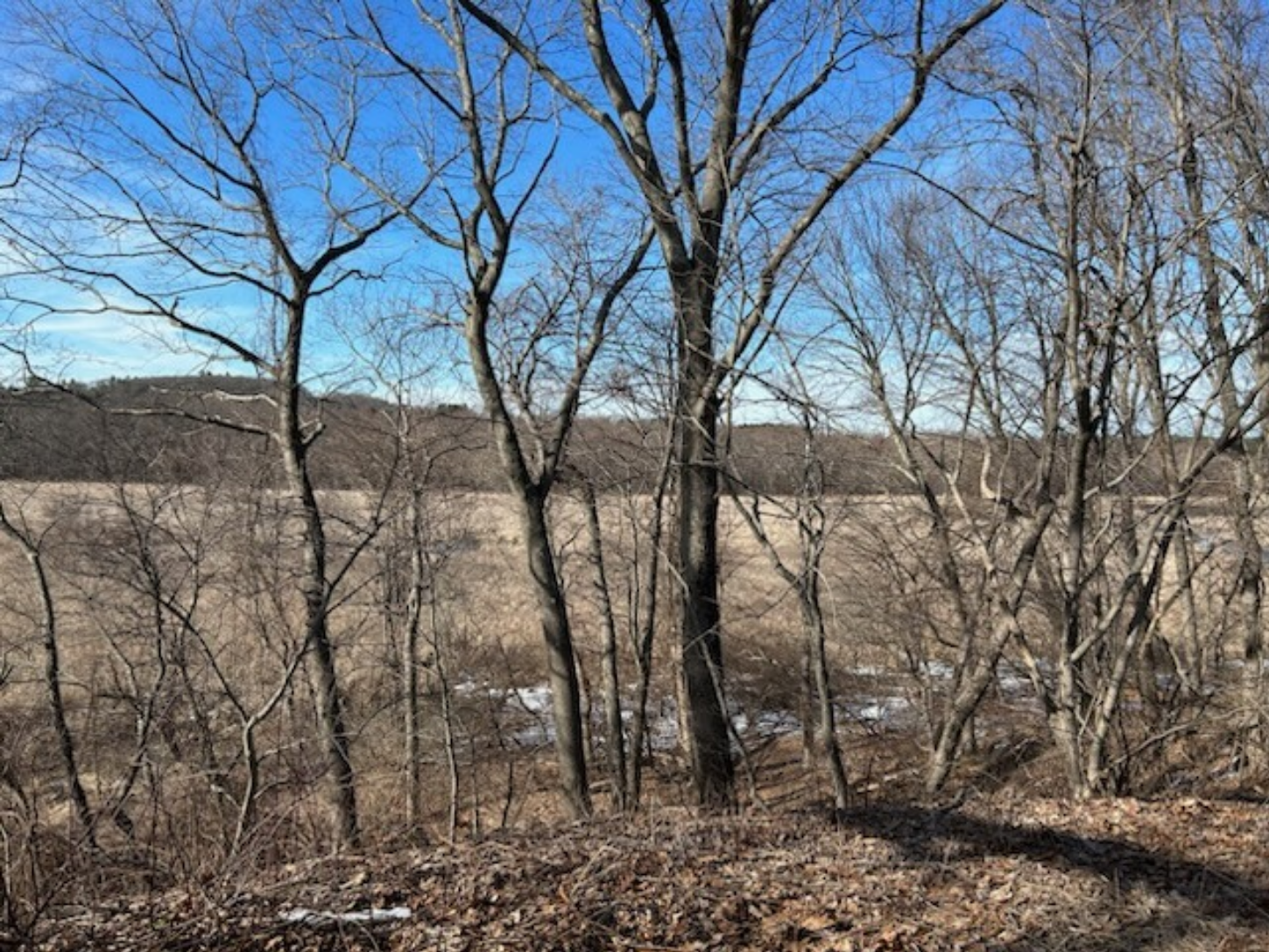
Our first stop today is near the edge of the Great Field (as Ellen would have known it) or modern Concordians might recognize the site as near the town’s wastewater treatment plant. When the Robbins house was built in 1823, it was part of a small cluster of buildings that in the early 19th century stood near the bluff overlooking the Great Meadows of the Concord River, at least half a mile from any town road. These households were part of a community of Native American and African American families who lived on the periphery of Concord society but were attempting to eke out a modicum of social mobility and independence through odd jobs and farming commodities like cranberries and rye. Ellen Garrison lived in this part of Concord from her birth in the spring of 1823 to her late teens.
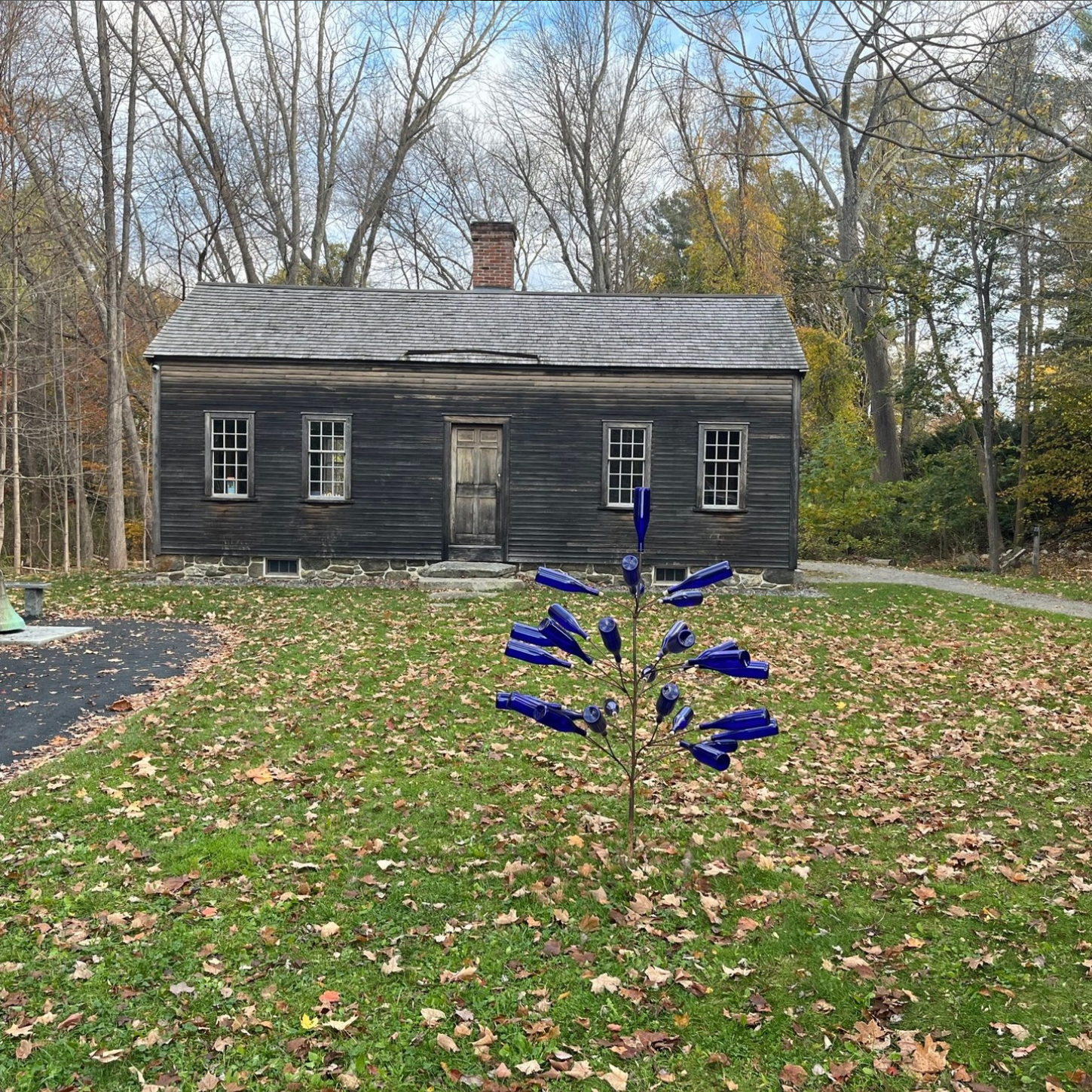
Our second stop for our #WalksWithEllen tour is her family home. The Robbins House was built in 1823 at the Great Field and purchased by Peter Robbins, Ellen’s uncle for $260 dollars, along with 13 acres of farmland. The deed for the house stipulated that Peter and his wife Fatima would live on the west side of the house, while his sister Susan Garrison and her family would live on the eastern half. The Garrisons lived in the house from 1823-1837, and it is here that Ellen lived with her parents and surviving siblings during adolescence. The house is in many ways the main object we have as a museum that shapes how we tell the stories of the Robbins and Garrison families. In 2011, the Robbins House was moved to its current location at 320 Monument Street. #WalkswithEllen
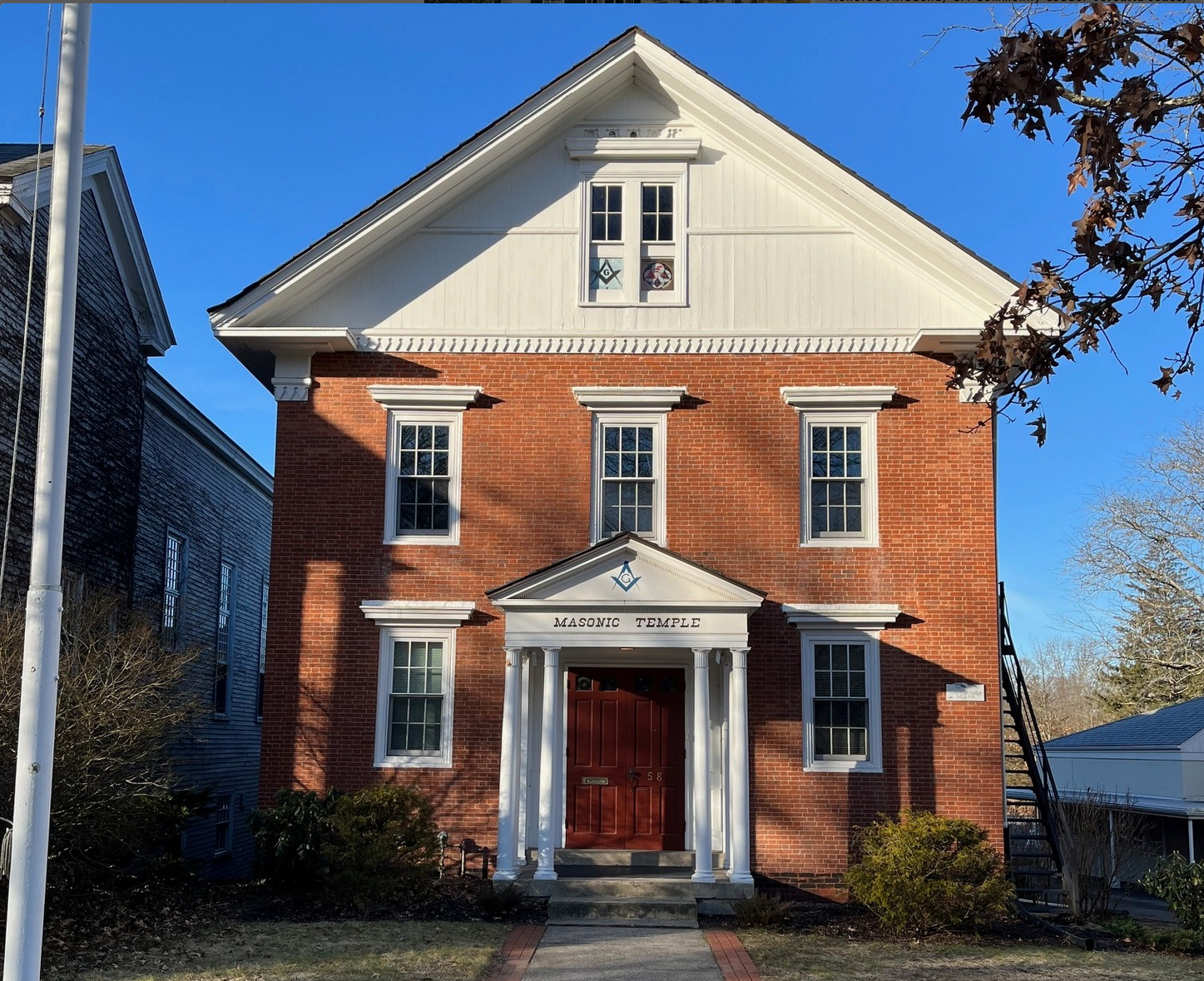
Commonly referred to as the Masonic Hall or Town School, this is the school that Ellen and her siblings attended as children. Although there was substantial renovation to the building in 1878 as well as a large brick addition added to the back in 1920, the original street facing part of the structure was built in 1820. In 1820, a committee of Masons offered funds to erect a brick building on the site to be used as a school and meeting hall for the Masons. The lodge contributed $400 for the purpose and by the fall the new building was standing, with space for the central school, called simply for years the “Town School”, on the first floor and rooms for the Masons on the upper level. The Town School served as the grammar school and girls were admitted to the school as early as 1827. As children, Ellen and her siblings attended the Town School. In 1882, local antiquarian Edward Jarvis recalled that the Garrison children were “bright and intelligent and well trained at home…and were all good scholars.” In 1835, with her school class, Ellen marched in the town parade as the only Black child “beneath the gaze of curiosity, surprise, ridicule, and admiration” of the residents.
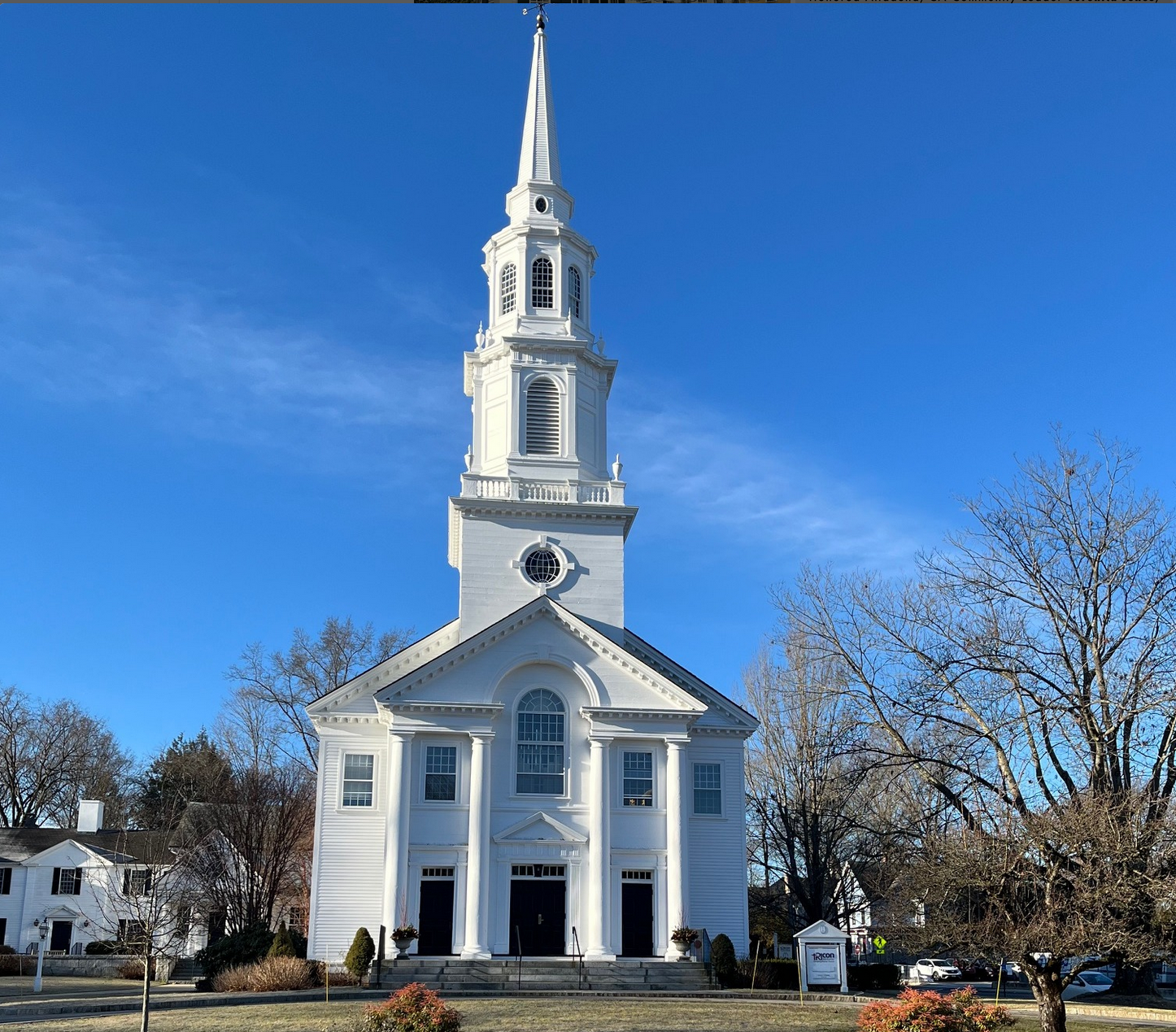
This is the site, although not the original building, of the Trinitarian Congregational Church. The original 19th century building was burned down by an arsonist in 1924. Concord architect Henry Little was hired to design a new sanctuary, which was dedicated in 1926. The entire complex was dedicated in 1930 with an educational wing added in the 1950’s.
In 1828, Susan Garrison, Ellen’s mother, transferred her membership from the African Baptist Church on Beacon Hill to the Trinitarian church in Concord. One of the reasons for transferring her membership may have been to provide a Sabbath school education for her children. The Concord Sabbath School Society Record Book survives for the years 1828-1837 and towards the end of that volume is a list of “scholars” enrolled in 1828. Among the student scholars listed are the surviving Garrison children: Susan, 15; William, 11; John, 10; and Ellen, 5.
When applying to the American Missionary Association in March 1865 to become a schoolteacher for newly freed African Americans in the South, Ellen stressed that she had enjoyed, “a good Common School and Sabbath School education.” In total, the Trinitarian Church enrolled seven children of color in their Sunday School, which is a remarkable occurrence for a church that clearly wasn’t engaged in simply token integration but was manifesting its continued commitment to anti-slavery activism in the community.
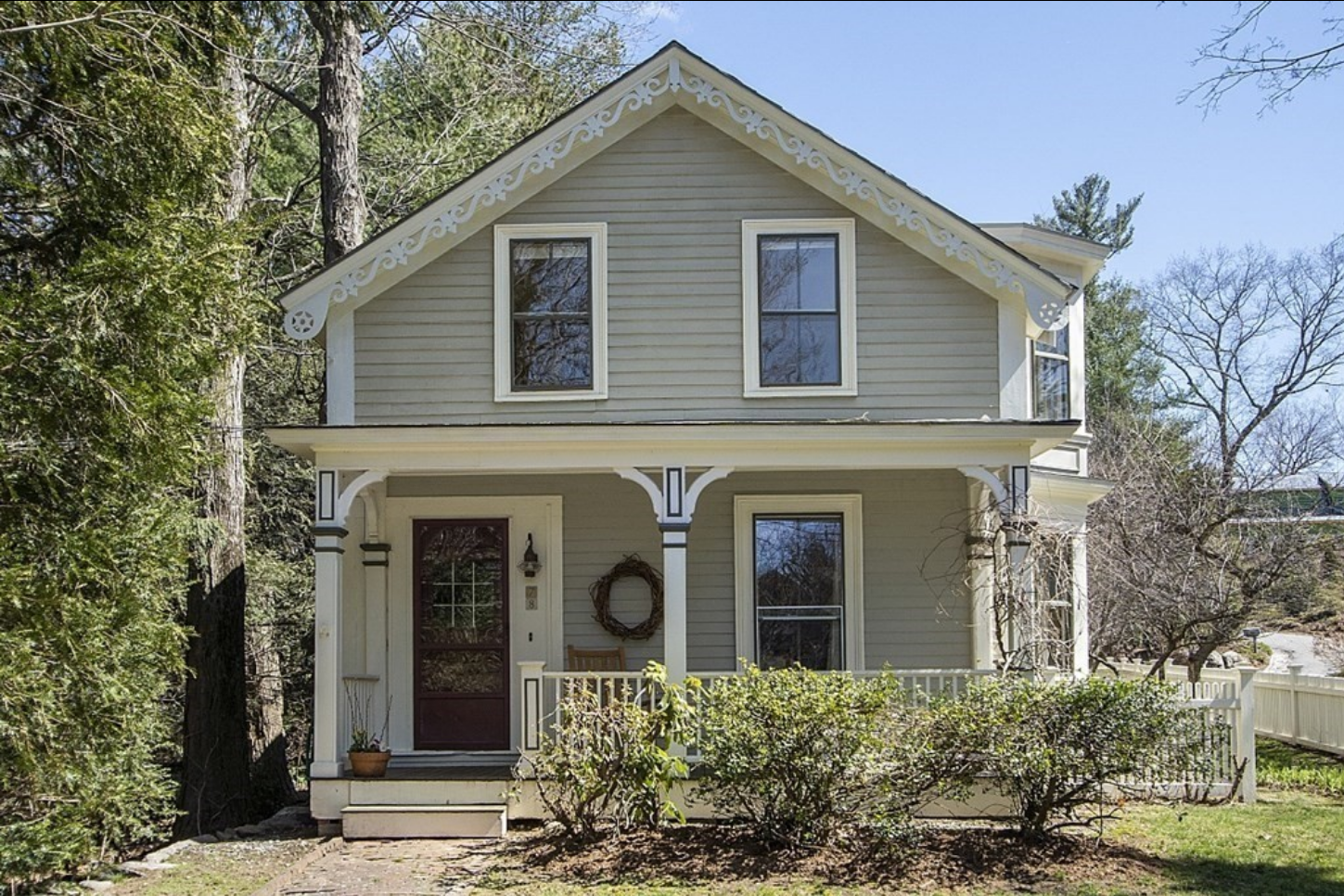
Our next stop on our #WalkswithEllen tour of Concord stops at her brother’s house. Unlike Ellen, John Garrison never left Concord. Like other men in his family, John often worked as a seasonal laborer for Concord property owners. Among other jobs, he worked alongside Henry David Thoreau to plant a vegetable garden at the Old Manse for the Hawthornes and planted fruit trees for Ralph Waldo Emerson. At the age of 47, John Garrison became the Concord Town House superintendent, a job that provided steady work and made him a prominent figure in town. Eventually, he was about to combine his steady income with his earnings as a day laborer to purchase three acres of property close to the town center. Garrison built a stylish Victorian cottage where his father Jack lived out his final years as well. Throughout her adult life, Ellen Garrison often returned to the community she called “home” to visit friends and family members during breaks from teaching. During her visits, she stayed with her brother in his Victorian cottage on Monument Street. Today, the house of Ellen;s childhood (The Robbins House) and her brother’s home are near each other on Monument Street leading into downtown Concord.
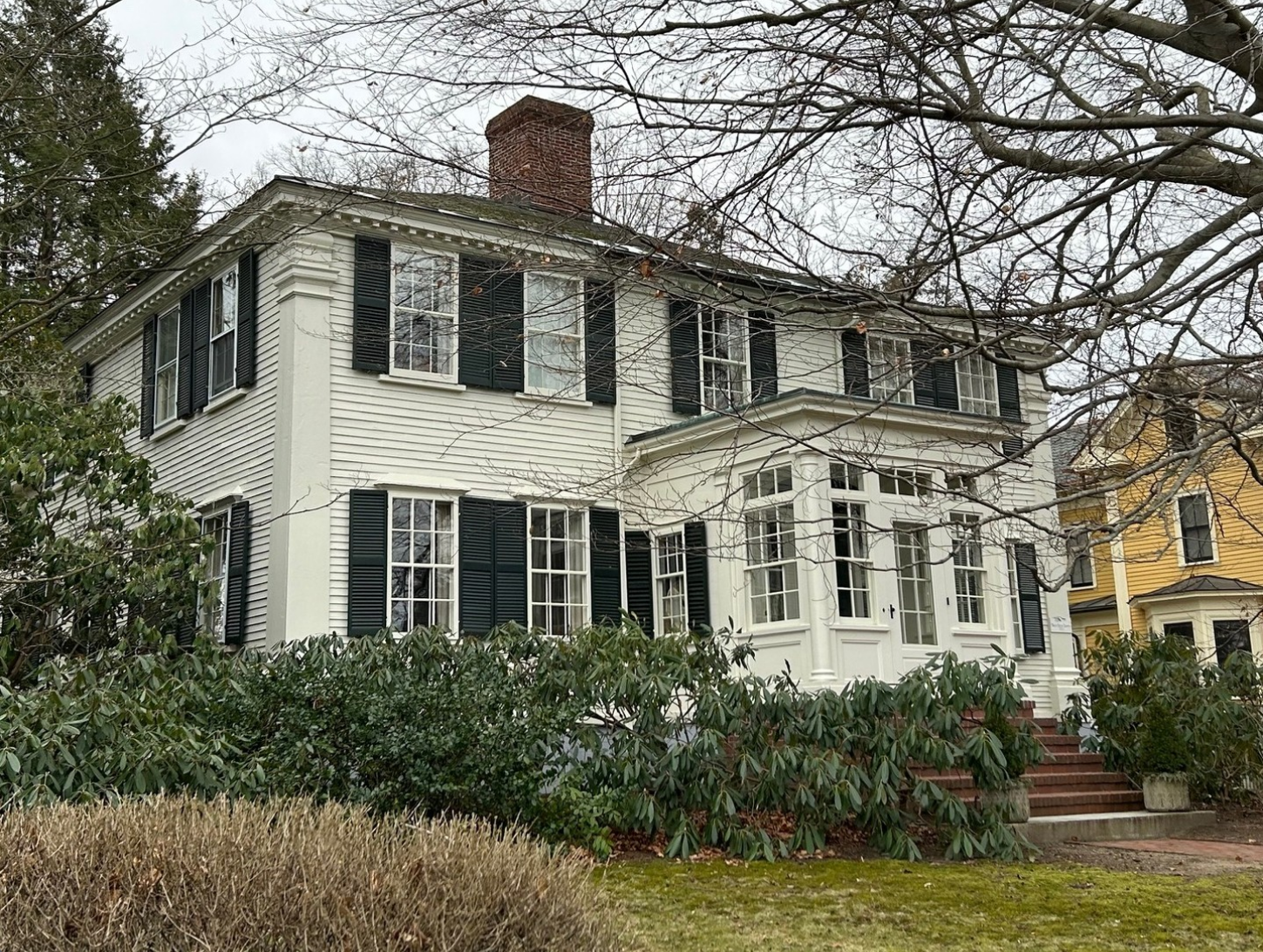
Our last stop on our #WalksWithEllen tour of town is at the Brooks House. When Ellen moved to Boston in the early 1840’s, shortly after the death of her mother Susan, she carried with a letter of recommendation from Concord anti-slavery activist Mary Merrick Brooks. The letter was to Maria Weston Chapman, one of the founders of the Boston Female Antislavery Society. In the letter, Mary Brooks called Ellen, “a very intelligent girl for one of so few advantages, having born away the prize most frequently in our common schools for superiority of learning…she…is desirous to know something about the meetings of your Society in Boston, which she thinks of attending, if possible.” Mary Brooks also knew Ellen’s mother, Susan, of course, because Susan Garrison was one of the founding members of the Concord Female Anti-Slavery Society. Susan Garrison hosted the second meeting of the organization in her home in 1837. Interestingly the house was moved from Sudbury Road in the late 1800’s to the new Hubbard Street. During the late 19th-century, the house was one of several boarding houses run by widows on the streets west of the milldam.
